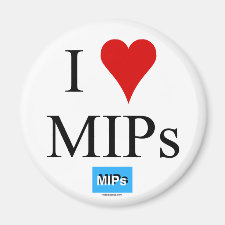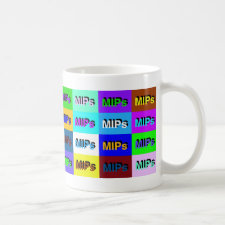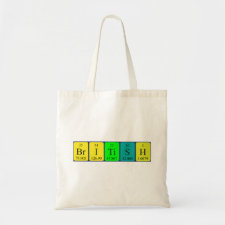
Authors: Shi HQ, Ratner BD
Article Title: Template recognition of protein-imprinted polymer surfaces.
Publication date: 2000
Journal: Journal of Biomedical Materials Research
Volume: 49
Issue: (1)
Page numbers: 1-11.
DOI: 10.1002/(SICI)1097-4636(200001)49:1<1::AID-JBM1>3.0.CO;2-9
Abstract: Synthetic materials capable of specifically recognizing proteins are important in separations, biosensors, and biomaterials. In this study, polysaccharide-like surfaces with tailored protein-binding nanocavities were prepared by a novel templating approach based on radiofrequency plasma deposition of thin films. The template- imprinted proteins included albumin, immunoglobulin, fibrinogen, lysozyme, ribonuclease A, alpha-lactalbumin, and glutamine synthetase. Transmission electron microscopy showed that nanometer- sized ''pits'' in the shape of imprinted protein were formed on the surfaces of template-imprinted polymer films. Electron spectroscopy for chemical analysis and time-of-flight secondary ion mass spectrometry indicated the saccharide covering of imprint surfaces and the removal of template proteins. I-125-labeled protein adsorption from single solutions showed a similar amount of protein was adsorbed to its own imprint as to the imprint of another protein. However, more protein remained on the former surface than on the latter following elution with the detergents Tween 20 or sodium dodecyl sulfate. Competitive adsorption of a binary protein mixture showed a highly preferential adsorption of template protein to the corresponding imprint. This template re:cognition diminished as the number of protein-imprinted pits decreased. Structurally unstable proteins such as alpha-lactalbumin exhibited weaker template recognition that ''robust'' proteins such as lysozyme. The hypothesis that protein recognition is due to complementarity between the protein and its imprinted nanopit was supported by protein turnover experiments that showed template protein adsorbed to its own imprint was less readily displaced by a nontemplate protein. (C) 2000 John Wiley & Sons, Inc



Join the Society for Molecular Imprinting

New items RSS feed
Sign-up for e-mail updates:
Choose between receiving an occasional newsletter or more frequent e-mail alerts.
Click here to go to the sign-up page.
Is your name elemental or peptidic? Enter your name and find out by clicking either of the buttons below!
Other products you may like:
 MIPdatabase
MIPdatabase









